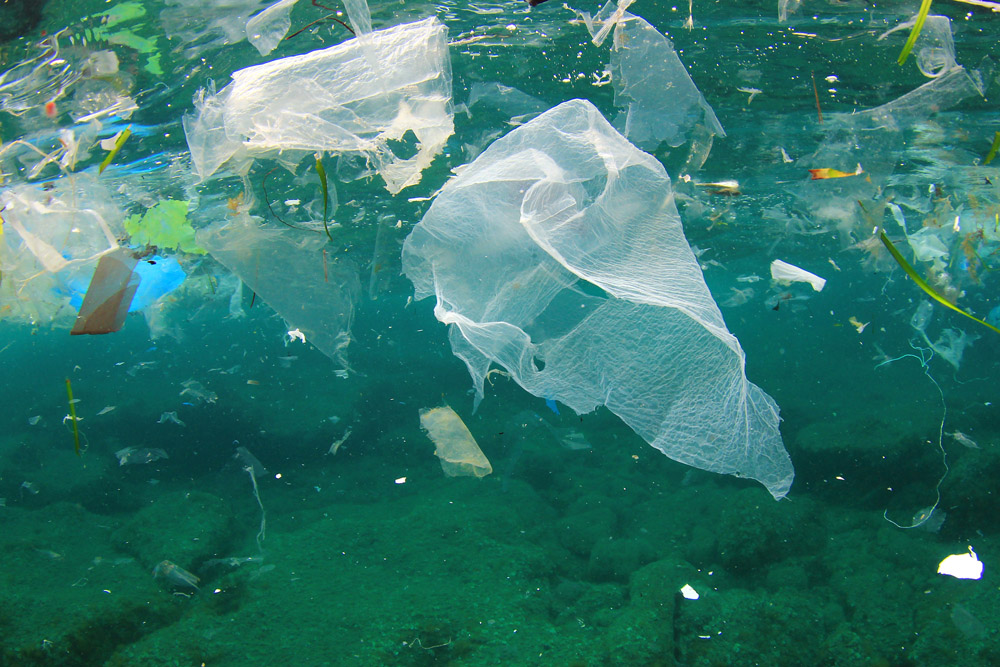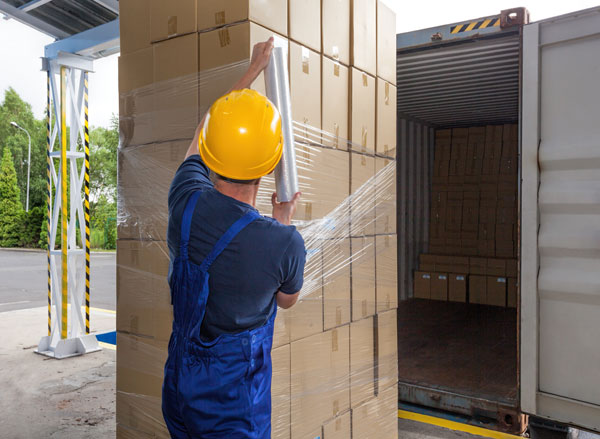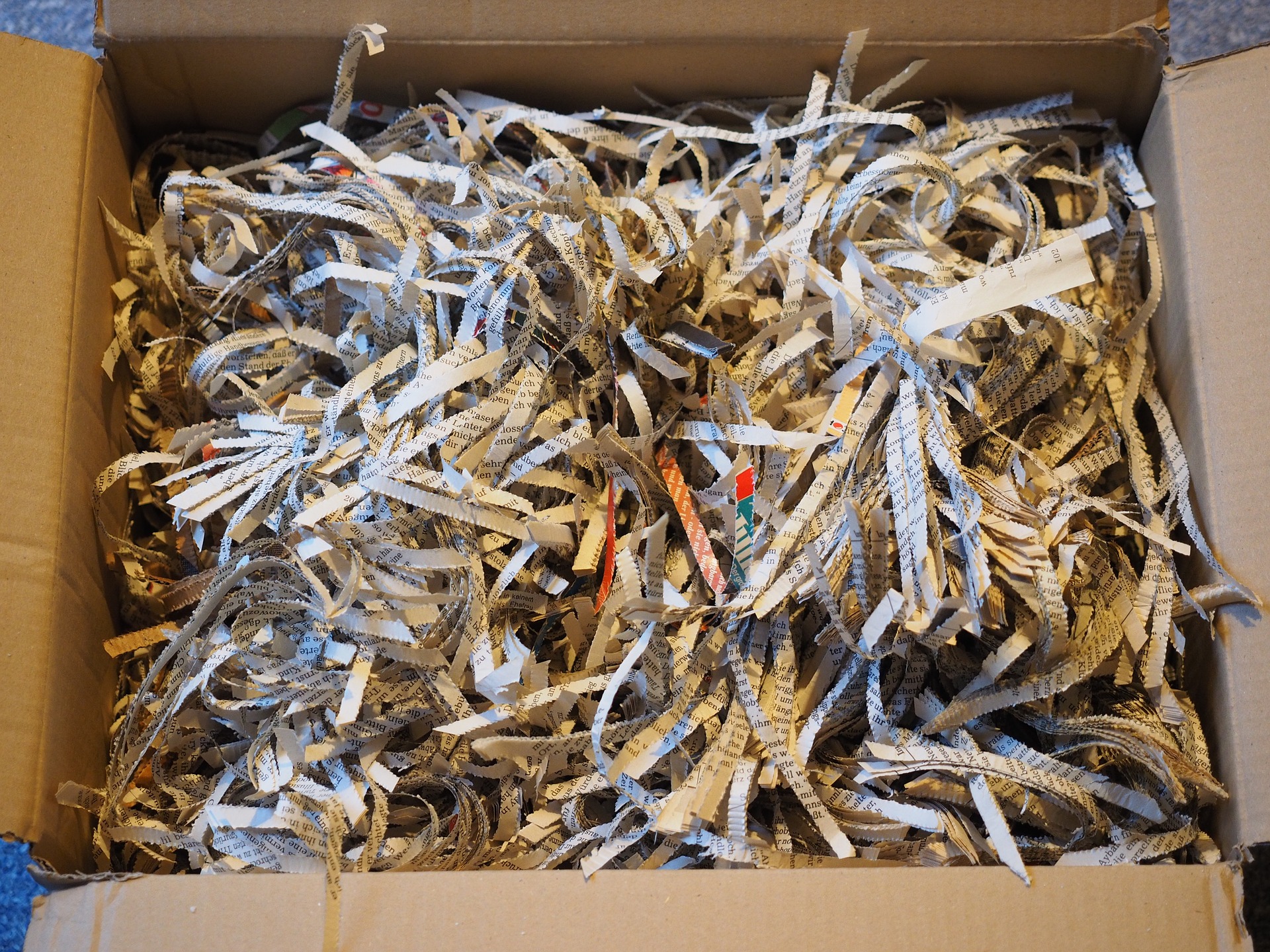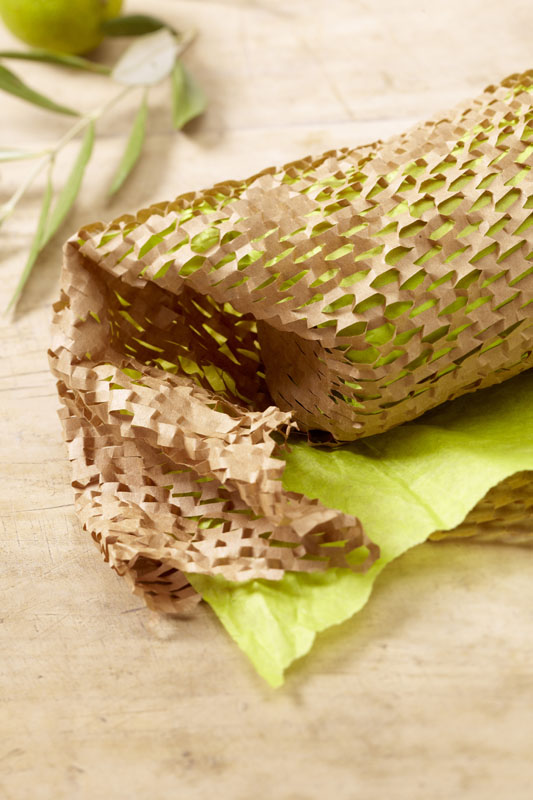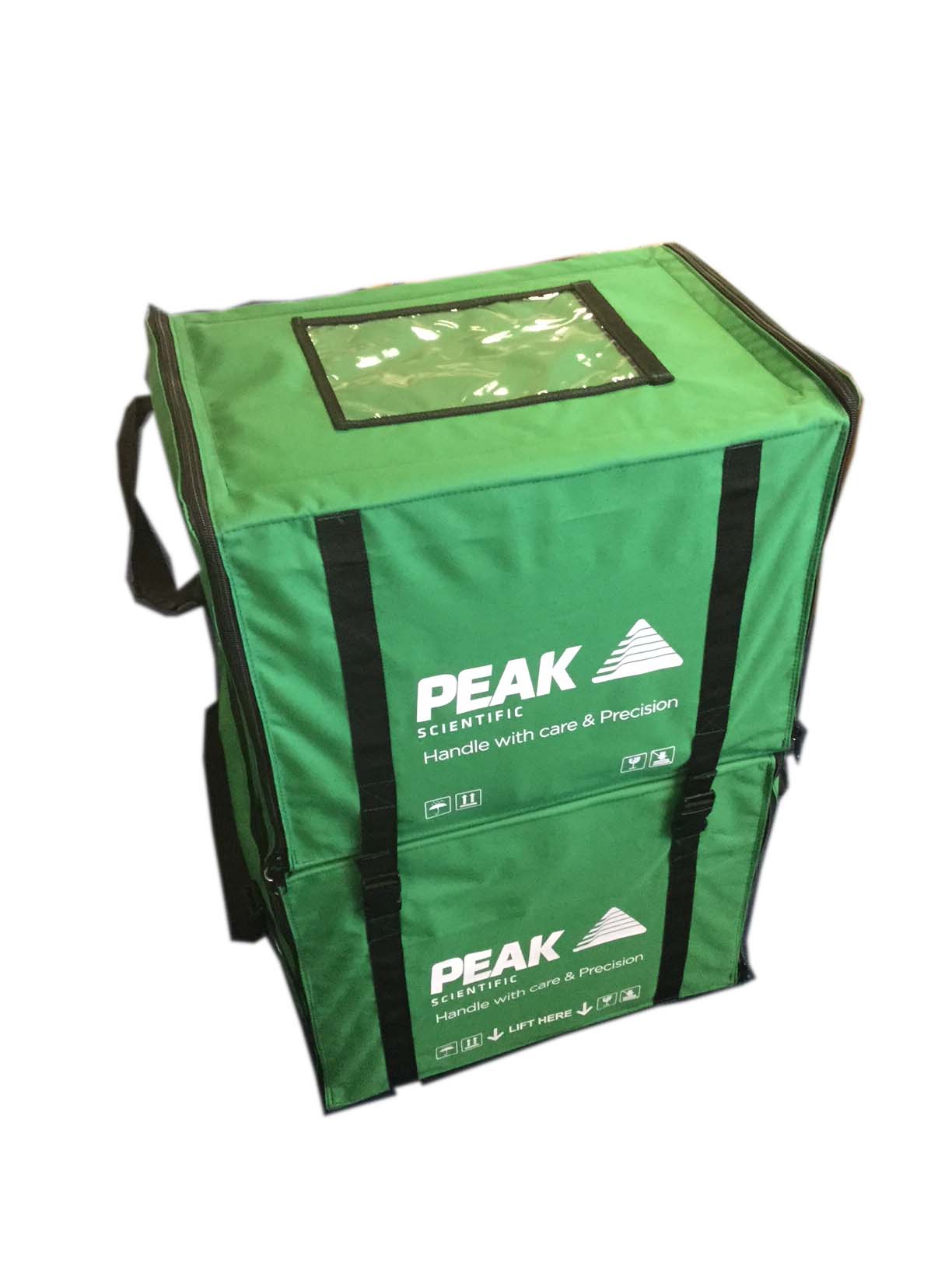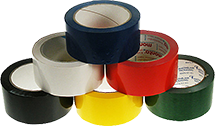Did you catch the news that the UK government is introducing a new plastics packaging tax? When the latest Budget was announced, so were the plans to begin taxing the manufacture and import of plastics packaging that contains less than 30% recycled material.
Currently, the plan is to introduce the tax in April 2022, which gives manufacturers and users of the material (like you) time to prepare.
What does this mean for the packaging market?
Well, it’s a bit of a mixed bag. For manufacturers and importers of plastic based packaging, it means that profits are going to be impacted. For users of plastics packaging, it could mean your costs increase, if manufacturers and importers pass on a price increase to help cope with the new tax. You may also see your packaging waste tax increasing too, as the government will be reviewing the packaging producer responsibility regulations by the end of 2018.
From an environmental perspective, it’s a positive step that will also see the government allocate £10m to tackling abandoned waste sites. However, some feel that more still needs to be done to tackle the UK’s recycling infrastructure as there’s still no consistency across the country when it comes to what plastics you can and can’t recycle.
Overall, for everyone using or involved in packaging, one of the main challenges will be enabling the likes of retailers to make affordable and easy changes to sustainable materials or recycled content plastics. And, helping your end consumers recycle more effectively. Ultimately, we want to work towards packaging models that maintain high quality standards and minimise environmental impact.
How can users of plastic packaging prepare?
Whilst you won’t be directly taxed for using plastics in your supply chain, you may find plastic based packaging prices increase due to the levy and producer responsibilities change.
So, what could you do to prepare for this? Here are a few things you can consider, to keep your packaging in shape…
1. Review your plastics usage
Are you using plastic packaging effectively in your supply chain? In some instances, you might still need to use plastic packing materials – and this isn’t necessarily a bad thing. However, making sure you’re using them effectively will have a positive impact on the environment and your costs.
With professional analysis, we can help you identify areas of performance that are causing you to use more plastic. Take our stretch film review process as an example. We’ve helped customers like you improve their material yield by up to 314%. This means you can get more out of less film – reducing the plastics you’re using. Plus, it can help reduce your costs by up to 50%. You could offset this saving against the levy in the future.
2. Make sure you’re keeping your packaging waste to a minimum
Keeping your packaging waste under control is a great way to be more environmentally friendly and minimise your costs.
Re-using or re-purposing packaging materials can help you limit waste. So can rationalising the number of packaging lines you use! Do you need 10 different kinds of box? Probably not. Click here to read our full article that details 3 tips that will help you reduce your packaging waste.
3. Investigate alternative or recycled content materials
Investigating packaging materials that are made from recycled content plastics or switching to packing made from eco-friendly alternatives like paper or plant-based materials could help you minimise your risk. One example we spotted recently is new air pillow film made from potato starch!
However, when it comes to changing your packaging materials, it’s important to consider how the new material could impact your supply chain. For example, does it perform the same? If your damages and returns increase, you could be increasing your costs. You could also be emitting more CO2 because of returns logistics.
4. Look into re-usable packaging solutions
Depending on your business and supply chain, you might be able to take advantage of re-usable packaging. Shipping parts across your various sites or to exhibitions? You could re-use wooden or plastic containers, rather than single-use materials.
A great example is the award-winning Peak Scientific Closed Loop Transit pack developed by our parent company Macfarlane Packaging. It features recyclable Airsac packaging and a store-flat re-usable box. Click here to learn more.
Professional packaging analysis from experts
We can help you prepare for the impact of the plastics tax. Complete our contact form or email us to book a packaging review appointment with one of our experts today.
Sources







